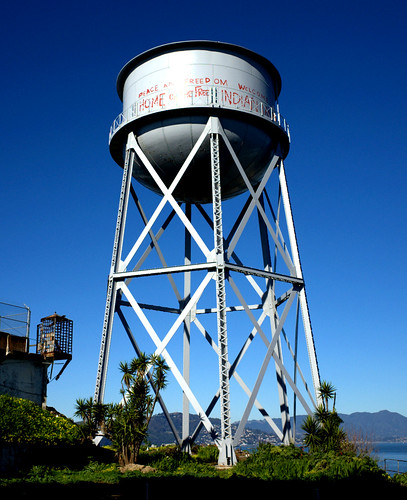Why must the water tower be built so high?
Unscrew the tap; tap water flushes the fence. Where does the tap water come from? Surely you will think of water pipes buried deep underground. But if you want to find the water, you have to follow the pipes to the water plant. As it turned out, those pipes buried in the ground were all connected into one with a very high water tower in the water plant.

So, what do the water towers do? We can give a small example. When watering the flowers, if you tilt the bulb a little bit, the water flow is fragile and slow; if the water’s tilt is tilted downward, even more, the water flow will be large and fast. What causes it? It turns out that the higher the water level, the higher the pressure will be. By tilting the bulb, the water’s height in the nozzle increases, the pressure of the water increases, and the flow of water is also large and fast.
For high water towers, if the height of one water tower is 10 m, the height of another water tower is only 5 m, the water pressure at the bottom of the tower is 10 m higher than the water pressure at the bottom of the tower. 5 m is about 49 kilopascals (kPa). If the size of the orifice in the bottom of the two holes is equal, when opening them together, the water flowing at the mouth with high pressure is, of course, stronger than at small pressure. Because tap water must be supplied to consumers in different high and low terrain, if the pressure is not enough, consumers in high terrain will not get water. Therefore, the water tower, in general, must be built very high.
In large cities and cities recently modernized, due to the wide range of the water supply network, the resistance of large pipes, relying on water towers to generate pressure is not enough, it still requires a lot of water pressure booster pump.




